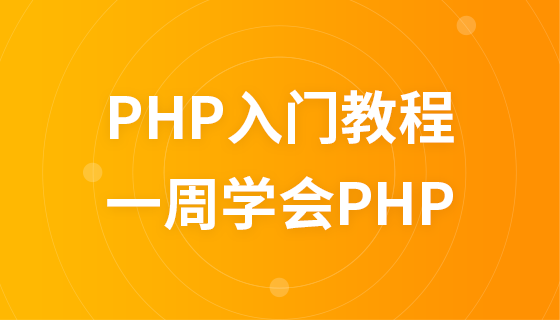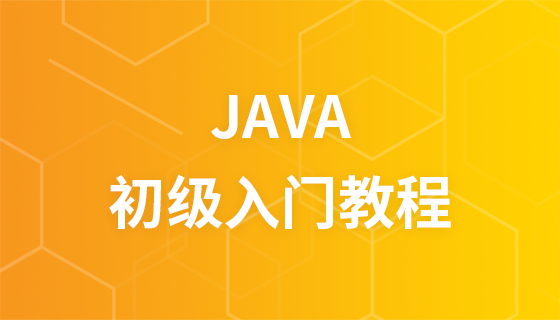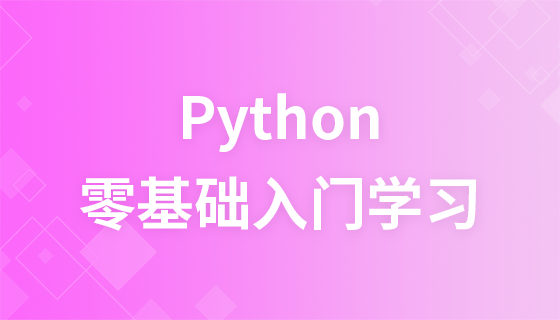
This guide explains how to configure Vite alias on various platforms to allow importing modules with custom paths. It covers using the alias option in the vite.config.js file, differentiating alias configurations based on different environments with

How to Configure Vite Alias on Different Platforms
Vite alias allows you to import modules using custom paths. This can be useful when you want to organize your code in a non-standard way or when you want to use a different module name than the one that is exported by the package.
To configure Vite alias, you can use thealiasoption in yourvite.config.jsfile. Thealiasoption accepts an object with key-value pairs, where the key is the alias you want to use and the value is the actual path to the module.aliasoption in yourvite.config.jsfile. Thealiasoption accepts an object with key-value pairs, where the key is the alias you want to use and the value is the actual path to the module.
For example, if you want to import thelodashmodule using the alias_, you can add the following to yourvite.config.jsfile:
// vite.config.js export default { alias: { _: 'lodash', }, };Now you can import thelodashmodule using the_alias:
import _ from 'lodash';How to Configure Vite Alias on Different Environments
You can also configure Vite alias differently for different environments. For example, you might want to use a different set of aliases for development and production.
To do this, you can use thedefineoption in yourvite.config.jsfile. Thedefineoption accepts an object with key-value pairs, where the key is the environment variable you want to define and the value is the value you want to assign to that variable.
For example, if you want to define theNODE_ENVenvironment variable with a value ofdevelopment, you can add the following to yourvite.config.jsfile:
// vite.config.js export default { define: { 'process.env.NODE_ENV': '"development"', }, };Now you can use theNODE_ENVenvironment variable in your Vite alias configuration:
// vite.config.js export default { alias: { [process.env.NODE_ENV]: './development-specific-module.js', }, };How to Configure Vite Alias
To summarize, here is how to configure Vite alias:
vite.config.jsfile in your project directory.aliasoption to yourvite.config.jsfile.aliasoption accepts an object with key-value pairs, where the key is the alias you want to use and the value is the actual path to the module.definelodashmodule using the alias
_, you can add the following to your
vite.config.jsfile:
Now you can import thelodashmodule using the_alias:rrreee
defineoption in yourvite.config.jsfile. Thedefineoption accepts an object with key-value pairs, where the key is the environment variable you want to define and the value is the value you want to assign to that variable.NODE_ENVenvironment variable with a value of
development, you can add the following to your
vite.config.jsfile:rrreeeNow you can use the
NODE_ENVenvironment variable in your Vite alias configuration:rrreeeHow to Configure Vite AliasTo summarize, here is how to configure Vite alias:
vite.config.jsfile in your project directory.Add the
aliasoption to your
vite.config.jsfile.The
aliasoption accepts an object with key-value pairs, where the key is the alias you want to use and the value is the actual path to the module.You can also use the
defineoption to define environment variables that can be used in your Vite alias configuration.Additional Resources[Vite Documentation: Alias](https://vitejs.dev/guide/api-alias.html)[How to Use Vite Alias](https://www.digitalocean.com/community/tutorials/how-to-use-vite-alias)
The above is the detailed content of How to configure vite alias. For more information, please follow other related articles on the PHP Chinese website!




